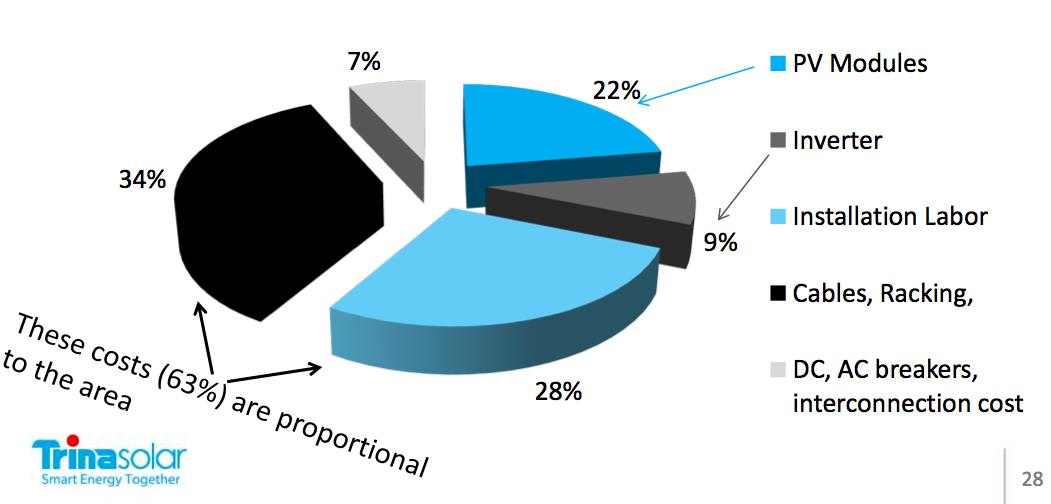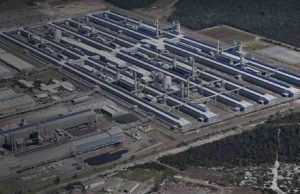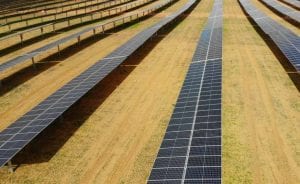Today’s Graph of the Day is a follow-up to our article on Thursday on Trina Solar, and its forecasts for the coming years for the solar PV industry.
One aspect we touched on was the levellised cost of electricity. Trina’s goal is to bring the cost of solar PV down to around 6c/kWh, which it thinks can happen within 5 years. At that price it will be competitive with gas in most countries, coal in some countries, and new build fossil fuels just about everywhere.
But how does it get below that – to say, perhaps, the 2c/kWh mark imagined by solar research leaders such as Eicke Weber, of the Fraunhofer Institute for Solar Energy.
That’s what makes this graph so interesting. It seems to suggest that solar PV will have a natural base at some point. The biggest gains can be made in the efficiency levels. But the other key measure is the cost of manufacturing. Trina’s initial goal is to lift efficiency to an average 20 per cent and reduce the cost of manufacturing by nearly one third.
To get it much below that would require the sort of manufacturing cost reductions that might only be envisaged by the sort of multi-gigawatt plants envisaged by Weber for the EU, or even the 3GW manufacturing complex announced recently by Hanergy – although that is for thin film solar PV.
The other graph points out that even with the savings in modules, it actually only represents less than one quarter of the costs that make up the LCOE of the technology. This graph below illustrates the point – inverters, labour, cables and racking and interconnection costs make up the rest.










